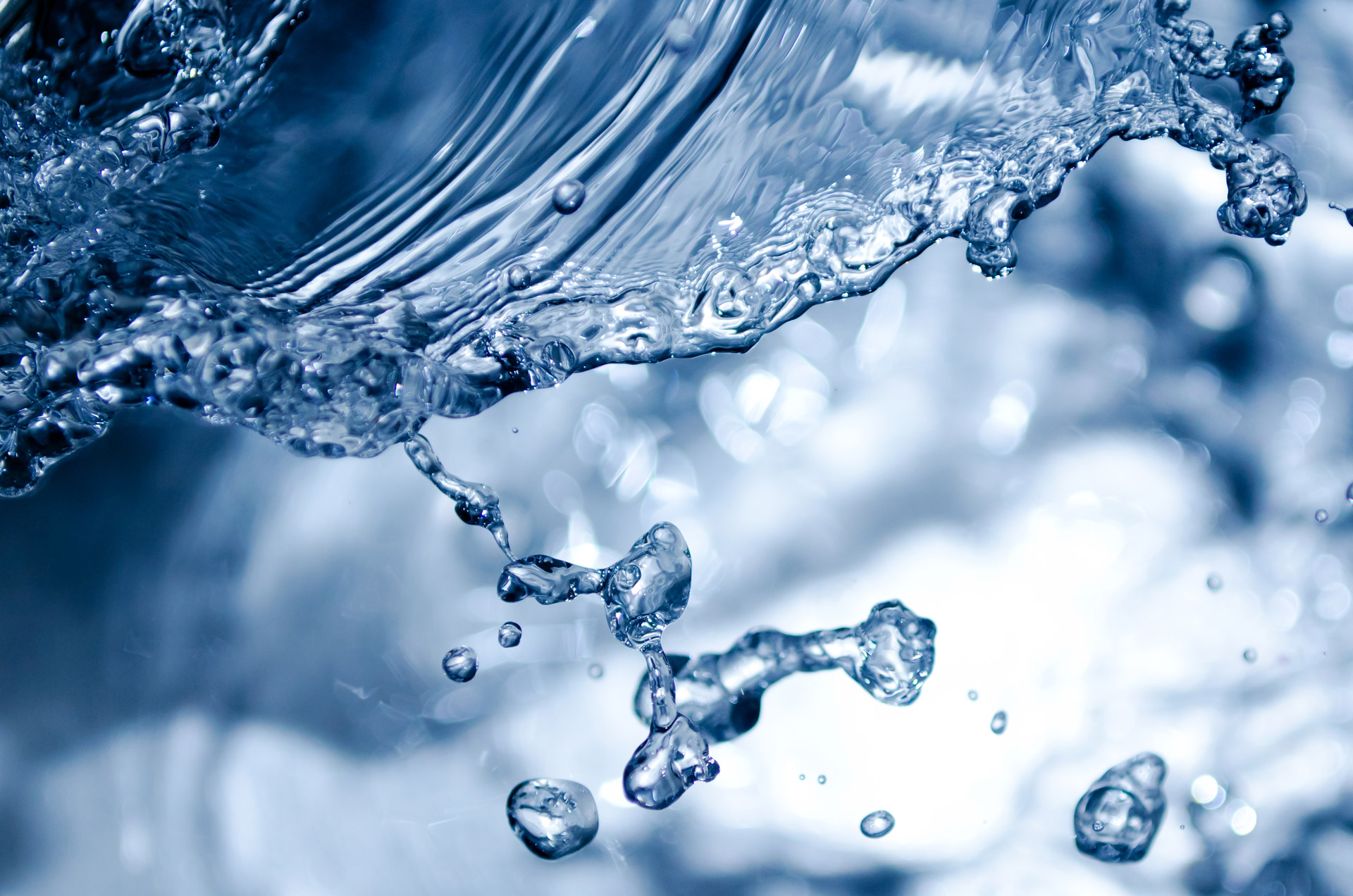Water, a ubiquitous substance, is vital to all known forms of life and occupies a paradoxical position in scientific discourse. It is often perceived merely as a simple liquid, yet its molecular complexity belies this superficial understanding. Defining whether water is a compound or a molecule necessitates an exploration of basic chemistry concepts, alongside an examination of how these definitions intertwine in our quest for knowledge.
At its core, a molecule is defined as the smallest indivisible unit of a chemical compound that retains the properties of that compound. It is formed when two or more atoms bond together through covalent or ionic interactions. By this definition, water (H2O) unequivocally qualifies as a molecule. It consists of two hydrogen atoms covalently bonded to a single oxygen atom. This distinct arrangement results in a unique molecular geometry and exceptional physical properties.
Moving beyond mere classification, the term ‘compound’ bears specific implications in the realm of chemistry. A compound is a substance formed when two or more different elements are chemically bonded in a fixed ratio. Applying this understanding to water reveals its dual nature. Water is indeed a compound, as it is formed from the combination of elemental hydrogen and oxygen in a stoichiometric ratio of 2:1. This classification as a compound further emphasizes the intricate relationship between constituent elements that give rise to distinct chemical behavior.
Examining the molecular structure of water adds another layer of intrigue. The bent shape of the water molecule results from the angled distribution of the hydrogen atoms around the oxygen atom, leading to polar characteristics. Water is a polar molecule, exhibiting a dipole moment that renders it an excellent solvent for ionic and polar substances. This singular property is pivotal in biological systems, enabling the myriad biochemical reactions essential for life. The polar nature of water also facilitates hydrogen bonding, a critical aspect that bestows water with its high specific heat capacity, surface tension, and solvent capabilities.
The fascination with water extends beyond its classification. Its role in the environment is emblematic of its unique properties that facilitate life. For instance, the phenomenon of water’s solid form, ice, being less dense than its liquid counterpart is counterintuitive in the natural world. This peculiarity ensures that bodies of water freeze from the top down, insulating aquatic ecosystems during winter months. Such behavior not only supports diverse life forms but also sustains ecological balances in varying habitats.
The interdisciplinary significance of water invokes numerous inquiries into its chemical properties. The concept of water as a compound suggests its inherent stability due to the covalent bonds between the hydrogen and oxygen atoms. Yet, it is its molecular attributes that are integral to comprehending various biochemical processes, such as cellular respiration and photosynthesis. These processes hinge upon the reactivity of water and its capacity to participate in hydrolysis and condensation reactions.
Furthermore, the amphipathic nature of water molecules underscores its ability to interact with both polar and nonpolar substances. This feature is foundational in biochemistry, particularly in the formation and maintenance of cell membranes. The hydrophilic and hydrophobic interactions, mediated by water, dictate the behavior of countless biomolecules, such as proteins and lipids, in an aqueous environment. As such, water deftly embodies both a physiological solvent and a participant in vital biosynthetic pathways.
In addition to its centrality in biochemistry, the fundamental properties of water influence climatic and geological systems globally. The role of water in weather patterns, ocean currents, and geological processes exemplifies its multifaceted nature. From the water cycle to the interplay of temperature and pressure in shaping terrestrial environments, water’s interactions are both complex and essential.
With technological advancements, researchers continue to uncover more about water’s extraordinary behavior at the molecular level. Studies on water’s anomalous properties, like its high boiling and melting points relative to its molecular weight, provoke questions regarding the underlying mechanisms that govern such behaviors. These investigations contribute to a profound appreciation for water, urging a reconsideration of its everyday simplicity.
Thus, the question of whether water is a compound or a molecule reveals much more than a straightforward classification. It beckons a broader inquiry into the interactions, dynamics, and implications of this extraordinary molecule. From its vital role in biochemical reactions to its indispensable function within ecological systems, water emerges as a compound of great complexity and significance.
Ultimately, the examination of water enhances our understanding of chemical principles and their application in real-world phenomena. As we delve deeper into the molecular intricacies of such a fundamental substance, we appreciate not only its critical importance in sustaining life but also its captivating role in earth’s broader ecosystem. The continued exploration of water exemplifies the fascination that simple observations can yield, inviting inquiry into the profound interfaces between molecular characteristics, environmental dynamics, and life itself.












